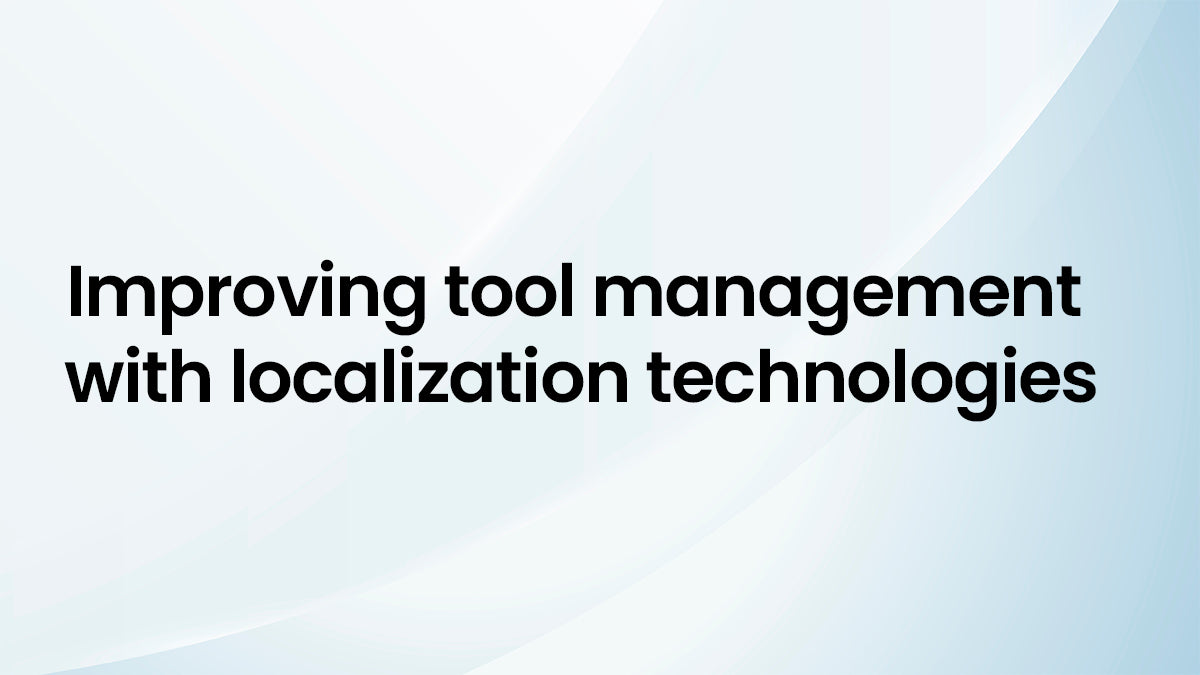
Improving tool management with localization technologies
Tool localization technologies, such as barcodes, RFID, are helping companies better manage their tools by providing rea-time location tracking. Learn how these technologies can help to reduce loss, increase efficiency, and streamline operations in your workplace.
Managing tooling in factories is a challenge
For example manage molds in injection molding processes, is business critical. Locating tools quickly, verifying that the tools identified are correct, and managing tool maintenance and inspection processes in harsh factory conditions is time-consuming and prone to errors when manual systems are used. Illegible or incorrectly positioned labels make it difficult to identify tools or locate them. Tools that cannot be found need replacing. This delays production and drives up costs.
The solution is a real-time supply chain optimization with code or RFID readers in the infrastructure and tagged tools enable full real-time visualization of every asset, tool, and material across the whole factory. Direct tag-based object localization with a UWB tag applied to the asset enables operators to see on a map exactly where assets are, which means no time is wasted looking for missing or misplaced tools.
Benefits of tool localization:
Allows staff to track and locate assets at all times. This improves planning, makes inventory monitoring easy, cuts search times, ensures streamlined workflows, and limits production downtime. With a full overview of transport processes and improved delivery, processes can be optimized. Digital tools and automated processes using RFID and UWB tags maximize asset utilization and ensure that operators see exactly where assets are in real time.
The most important things in a nutshell about improving tool management:
- Increasing efficiency: better tool management can increase efficiency and productivity by ensuring the right tool is available at the right time and avoiding work stoppages due to missing or damaged tools.
- Cost savings: effective tool management can help reduce costs from buying unnecessary tools or spare parts, and also reduce maintenance costs by ensuring tools are serviced and repaired regularly.
- Safety: A tool management system can help improve workplace safety by ensuring that employees always work with safe, functional tools.
